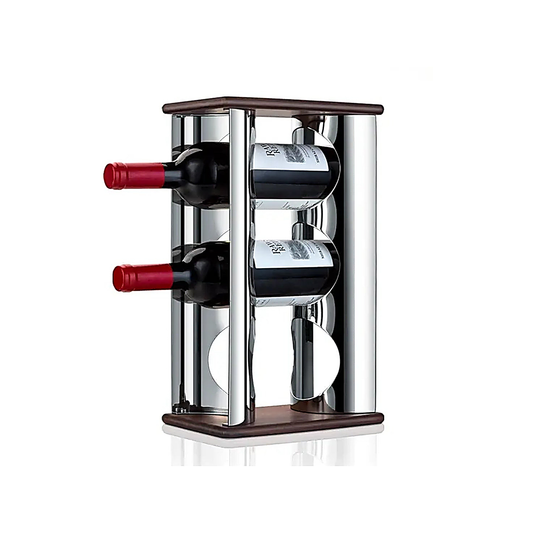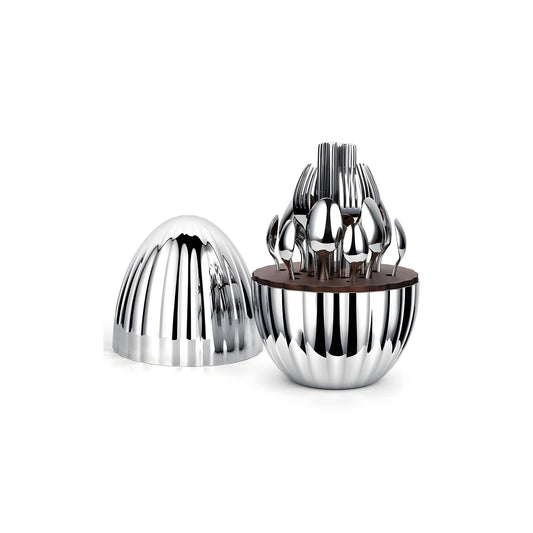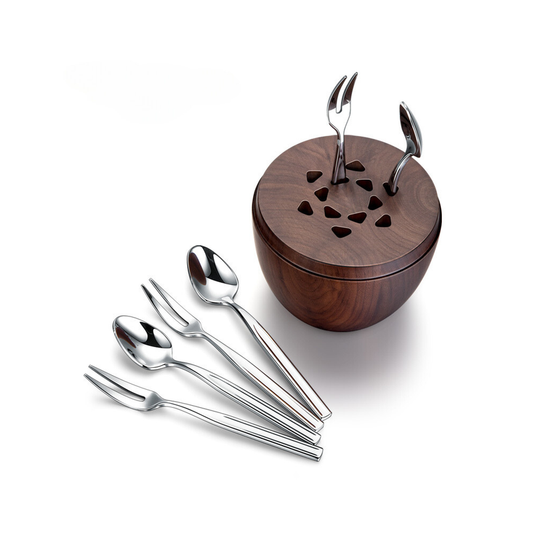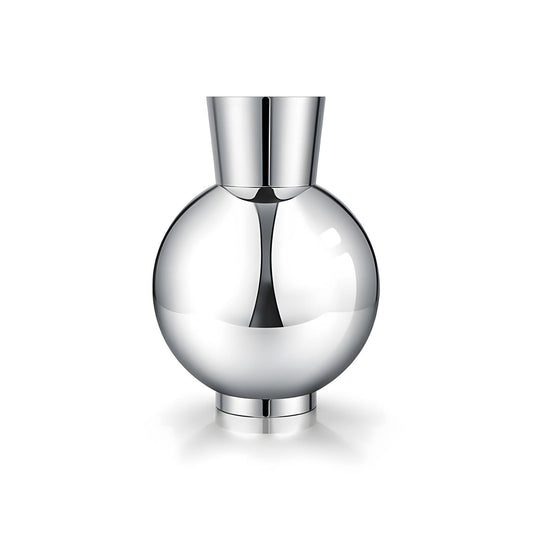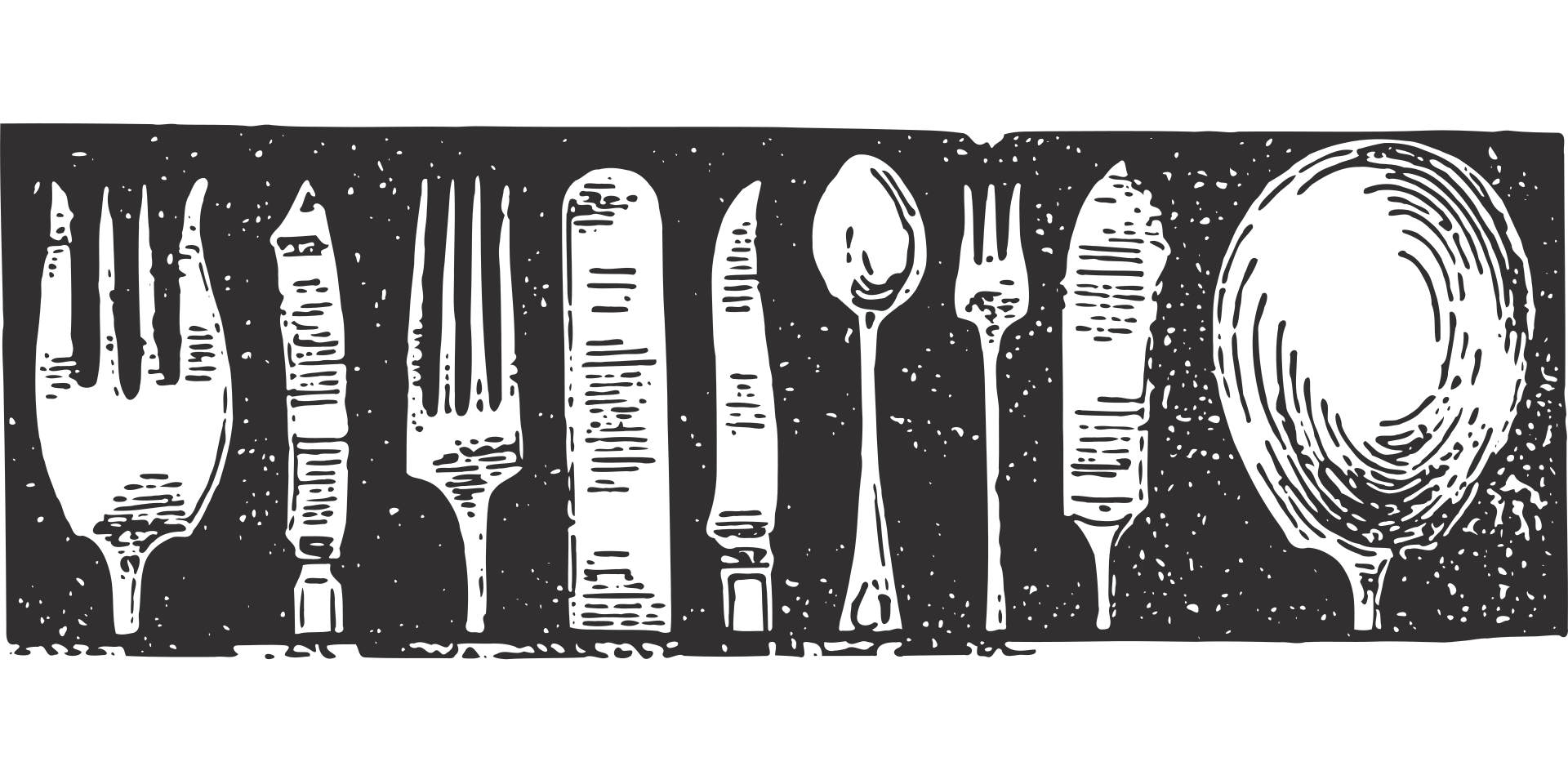
How Often Should American Households Replace Their Flatware?
According to Epicurious, most people rarely—or even never—replace their stainless steel flatware. In contrast, maintenance articles like those on The Spruce suggest flatware typically needs replacing after noticeable discoloration, warping, or wear—often between 5 to 15 years depending on use.
Continuing to use worn or damaged flatware may pose issues: scratches and micro-abrasions can harbor bacteria, and exposed base metals under worn coatings (especially in silver-plated handle pieces) can create unpleasant metallic tastes or potential health concerns, as noted by Nelson & Nelson Antiques.
Therefore, high-quality, non-reactive materials—like 18/10 stainless steel or food-safe hardwood handles—are recommended for flatware to ensure both safety and longevity.
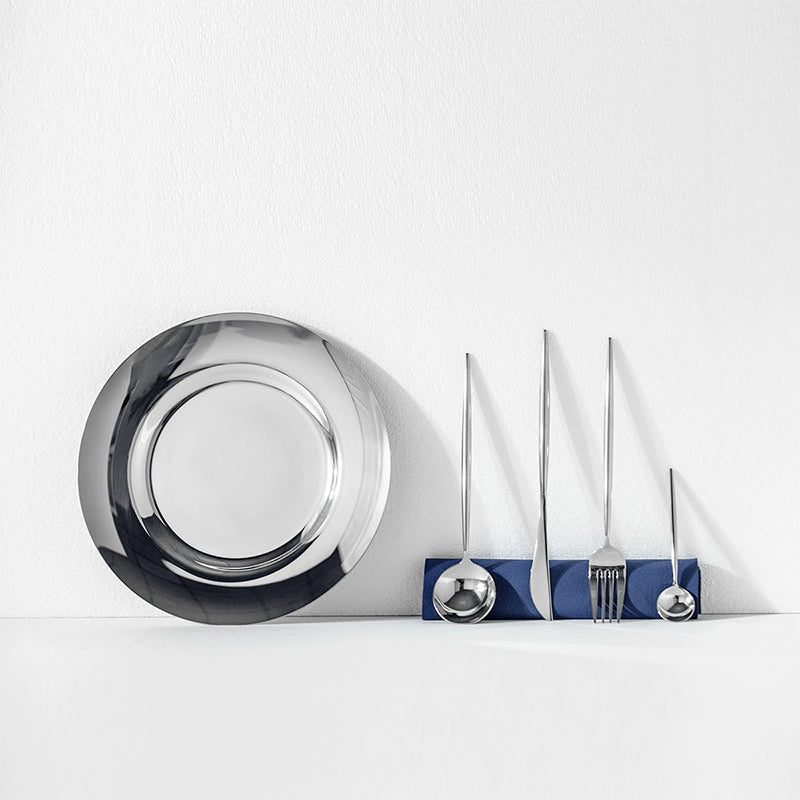
What Does “18/10” Stainless Steel Mean?
- 18% Chromium — Enhances corrosion resistance and helps prevent rust.
- 10% Nickel — Adds shine, improves durability, and resists staining.
- Balanced Alloy — The combination keeps flatware lustrous and resistant to everyday wear and tear.
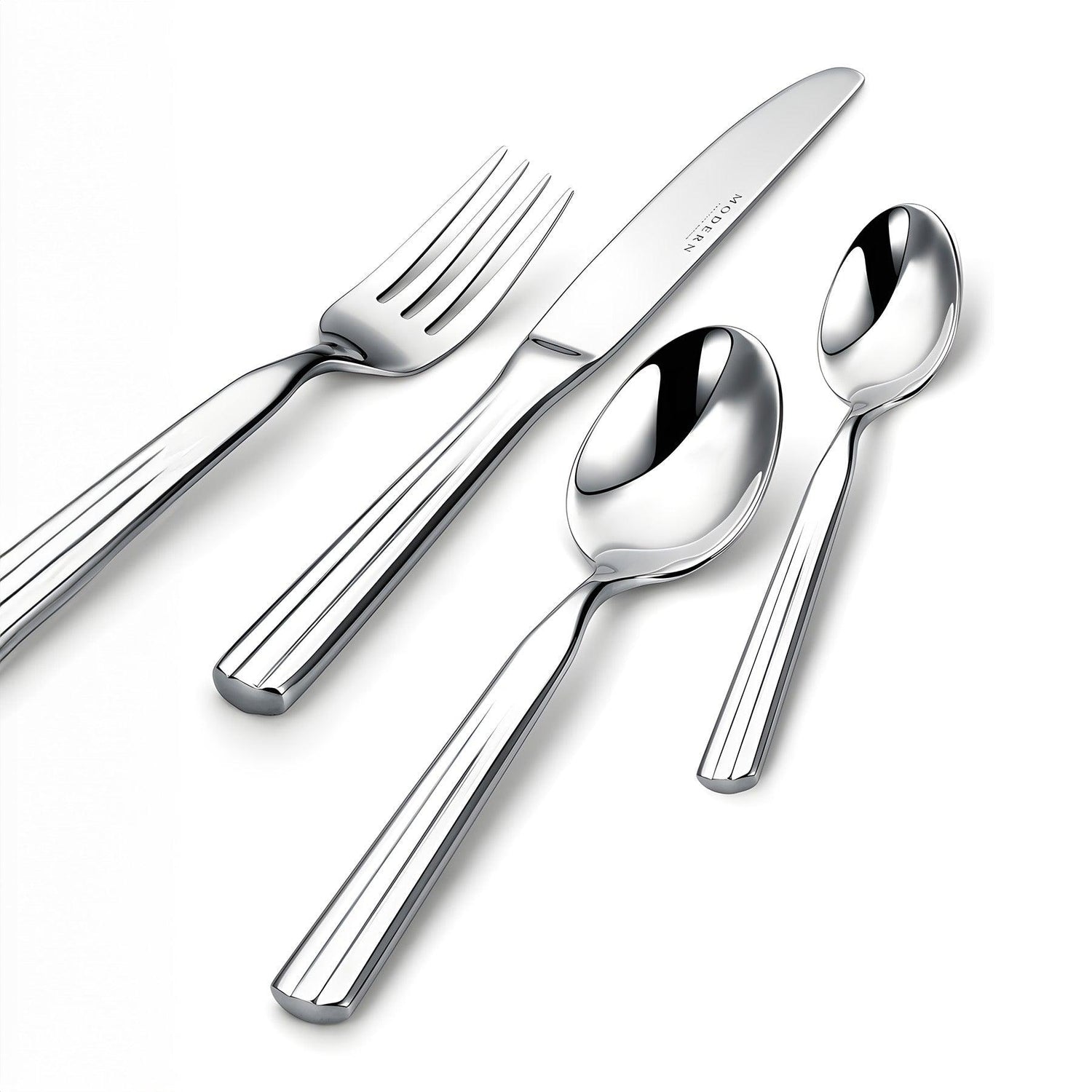
Key Benefits of 18/10 Stainless Steel Flatware
- Exceptional Durability — Won’t bend, warp, or rust easily.
- Beautiful Shine — Nickel content keeps it looking polished and elegant.
- Corrosion Resistance — Perfect for frequent dishwashing without losing quality.
- Food-Safe & Non-Reactive — No metallic taste, safe for all types of foods.
- Long-Term Investment — Maintains its appearance for years, making it an ideal gift.
Caring for Your 18/10 Stainless Steel Flatware
Everyday Care (Best Practice)
- Hand wash for longevity: Rinse soon after meals to prevent acids/salts from lingering. Wash with warm water and a mild, non-lemon detergent using a soft sponge.
- Dry immediately: Towel-dry with a soft microfiber cloth to prevent water spots and keep the mirror finish bright.
- Polish lightly: Buff along the length of the handle (not in circles) to maintain a uniform sheen.
Dishwasher? Yes—but with care
- Use gentle cycles: Choose a normal/eco cycle, avoid high-heat “sanitize” modes where possible.
- Non-citrus detergent & no rinse-aid with chlorine: Harsh chemicals can dull the finish over time.
- Load smart: Separate knives, forks, and spoons to reduce contact marks; avoid overcrowding and do not mix with silver/silver-plated items.
- Remove promptly: Open the door after the cycle and dry any remaining droplets by hand.
What to Avoid
- Prolonged contact with acidic/salty foods: Tomato, vinegar, citrus, and salty marinades—rinse soon after use.
- Abrasives & steel wool: These create micro-scratches that trap residue and dull the finish.
- Soaking overnight: Standing water (especially with detergent) can cause spotting.
- Harsh chemicals: No bleach or chlorine-based cleaners.
Stain & Spot Troubleshooting
- Water spots: Wipe with a 1:1 mix of warm water and white vinegar, then rinse and dry.
- Light discoloration: Make a paste of baking soda and water, rub gently with a soft cloth, rinse, dry, and buff.
- Rainbow/heat tint: Clean with mild dish soap, then buff with a microfiber cloth; repeat if needed.
Storage Tips
- Keep it dry: Store fully dry pieces to avoid moisture spots.
- Organize to prevent rubbing: Use a lined drawer tray or the original presentation box to minimize scuffs.
- Avoid mixed-metal contact: Don’t store touching reactive metals (e.g., unfinished aluminum or silver plate) to reduce transfer marks.
Pro tip: A quick 10-second microfiber buff before setting the table restores that 18/10 mirror finish instantly.
Featured collection
-
Modern VineCraft Wine Rack
Regular price $286.00 USDRegular priceUnit price / per$360.00 USDSale price $286.00 USDSale -
MODERN Flatware set Service for 6
Regular price From $280.95 USDRegular priceUnit price / per$499.00 USDSale price From $280.95 USDSale -
MODERN Espresso Serving Set
Regular price From $98.00 USDRegular priceUnit price / per -
MODERN Vase
Regular price $95.00 USDRegular priceUnit price / per

